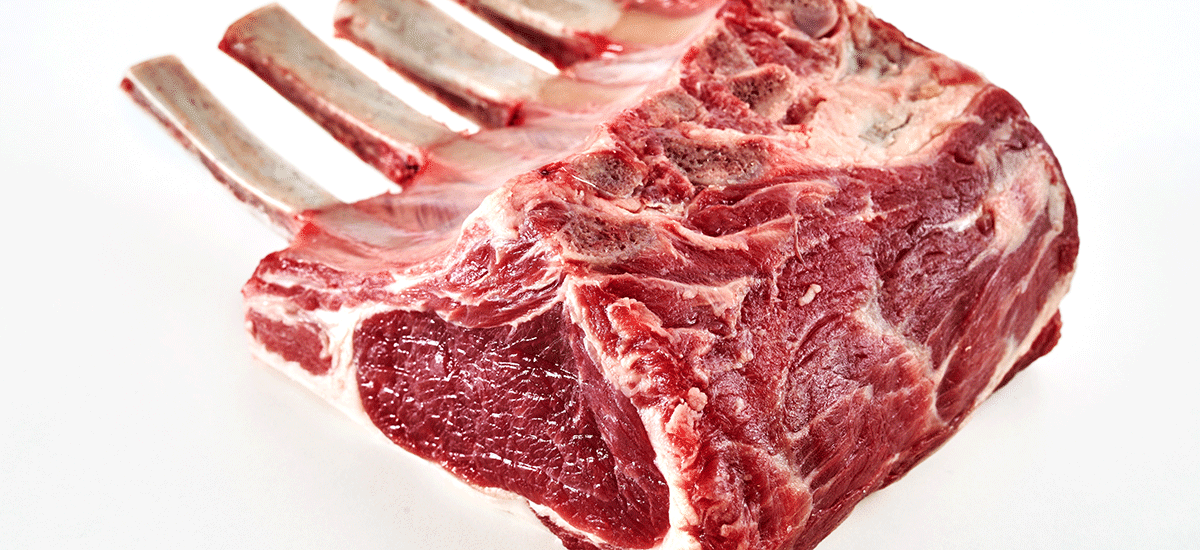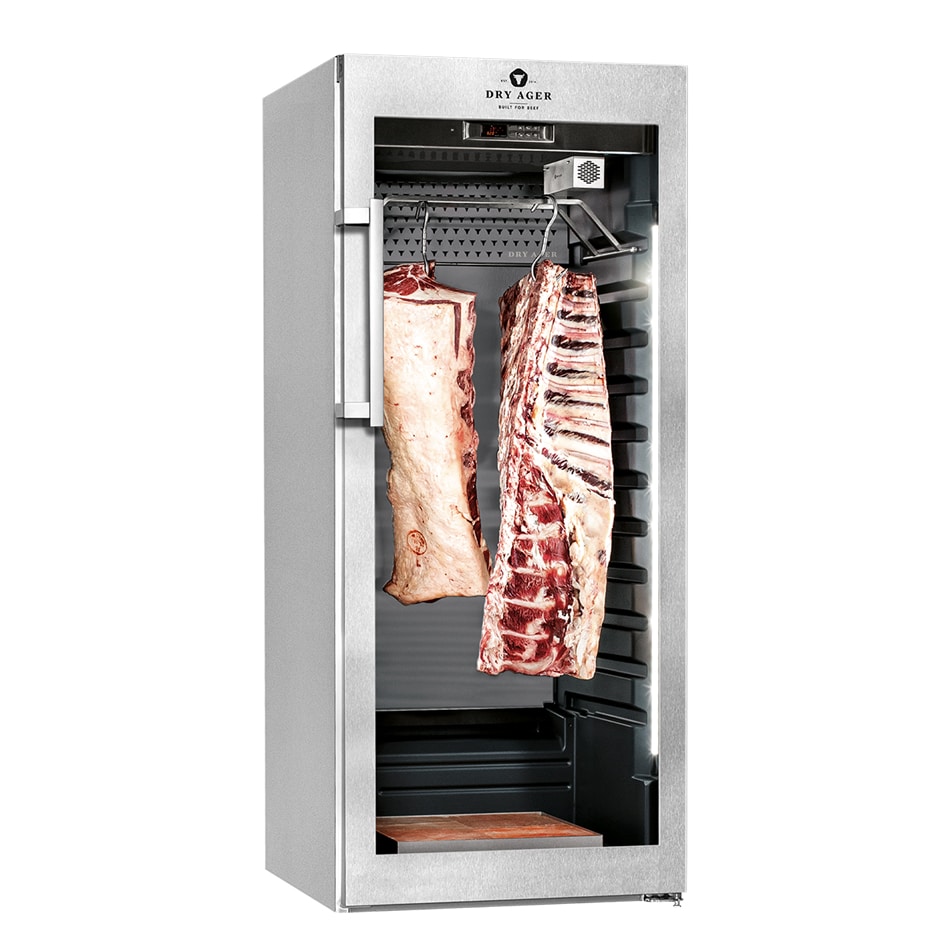
Dry Aged Lamb - Uniquely Australian
As the popularity of dry aged meat continues to increase, both in retail and restaurants, the product that overpowers the rest is beef. Sought after for its well-known developed flavour profile and tenderness, it begs the question, couldn’t other types of meat gain the same immense benefits from the dry aging process?
Yes they can.
It seems like an obvious next step. Lamb, for instance, bears the same physical characteristics as beef, with its deep red colour and thick layer of fat. So why is dry aged lamb so rarely available?
A recent study by MLA Australia on the viability of dry aged lamb tested several cuts of lamb, hogget, and mutton with fat scores of 2 & 4, all simultaneously wet ages and dry aged for 39 days respectively.
The results were overwhelmingly positive, with the testing panel noting that the dry aging process drastically enriched the tenderness, juiciness, and buttery/roasted flavour qualities of the lamb.
Dry aging lamb not only enhances lambs’ organic positive characteristics but simultaneously minimises the negative qualities of the meat, creating an end product of far superior quality.
Beyond logging the dramatic changes in taste, the trial also went more in depth. Investigating what humidity and time periods were needed to best dry age lambs of different fat scores and with different primal cuts. They also experimented with what yields, flavour and taste profiles and concept menu designs could be developed.
Visually, lamb ages in a similar way to beef, going through the same drying process and forming an external crust. No mould growth was observed on the meat at any point throughout the process.
All this evidence leads to one important conclusion. Dry aged sheep/lamb meat is not only viable, but a huge opening for the industry.
The fact that dry aging can vastly increase the saleable value of sheep meat make it a concept with limitless possibilities.
Not least of these is the international aspect. Very few iconic Australian foods are popular overseas— with macadamia and barramundi being two of a short list of exceptions.
But dry aged sheep meat could be the product to break through that barrier, especially as mutton is already far more popular overseas than here in Australia.
Not only can the dry aging process create the sophisticated, artisanal protein Australian connoisseurs now habitually expect, but it can also transform more mediocre types of sheep meat into a gourmet product with an appropriate price tag.
This is a crucial benefit, because mutton (which refers to meat from older ewes) has long been considered an inferior meat and is often underutilised. However, dry aging would be chance to use this disdained protein in a way that enriches it.
It could open a market that has until now been unprofitable. Many Australian farmers cull at least 5% of their ewes per year. Imagine if, instead of this, these animals could be sold at a premium almost equal to wet-aged lamb?
Could dry aged lamb pave the way to be the hero of the 2022 Australia Day Meat & Livestock Australia Lamb Campaign?

Dry Age using the DRY AGER™ DX1000 Premium
World #1 in Dry Aging Technology.
Equipping the food industry to grow with food processing and packaging solutions
call 1300 88 99 51
email [email protected]
room 35 Shirley Way, Epping VIC 3076
room 9 Mcilwraith St, Wetherill Park NSW 2164
room 21 Hoyle Rd, Hope Valley WA 6165
room 27 Beal Street, Meadowbrook QLD 4131
room 7 Chadderton Bvd, Epping VIC 3076
room 22 Glassford Rd, Kewdale WA 6105
room 25 Hayton Road, Wigram, Christchurch 8042, NZ
Connect with us on LinkedIn
